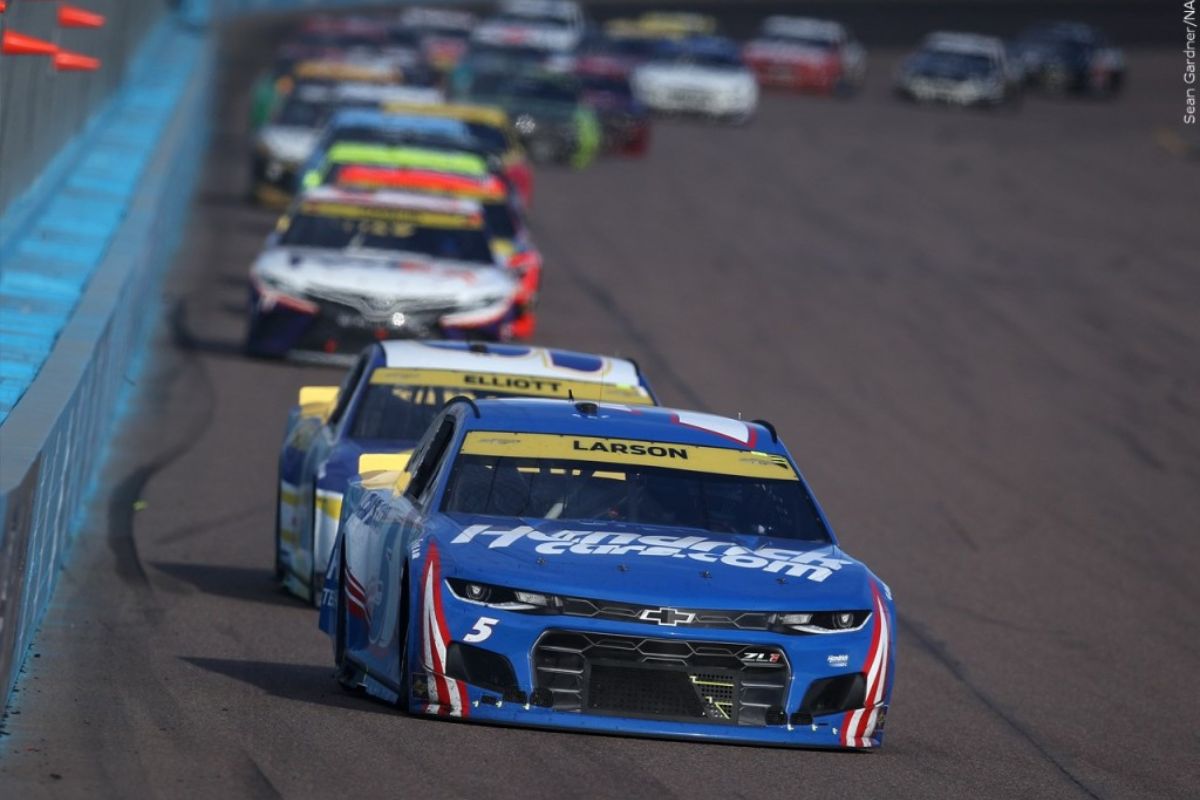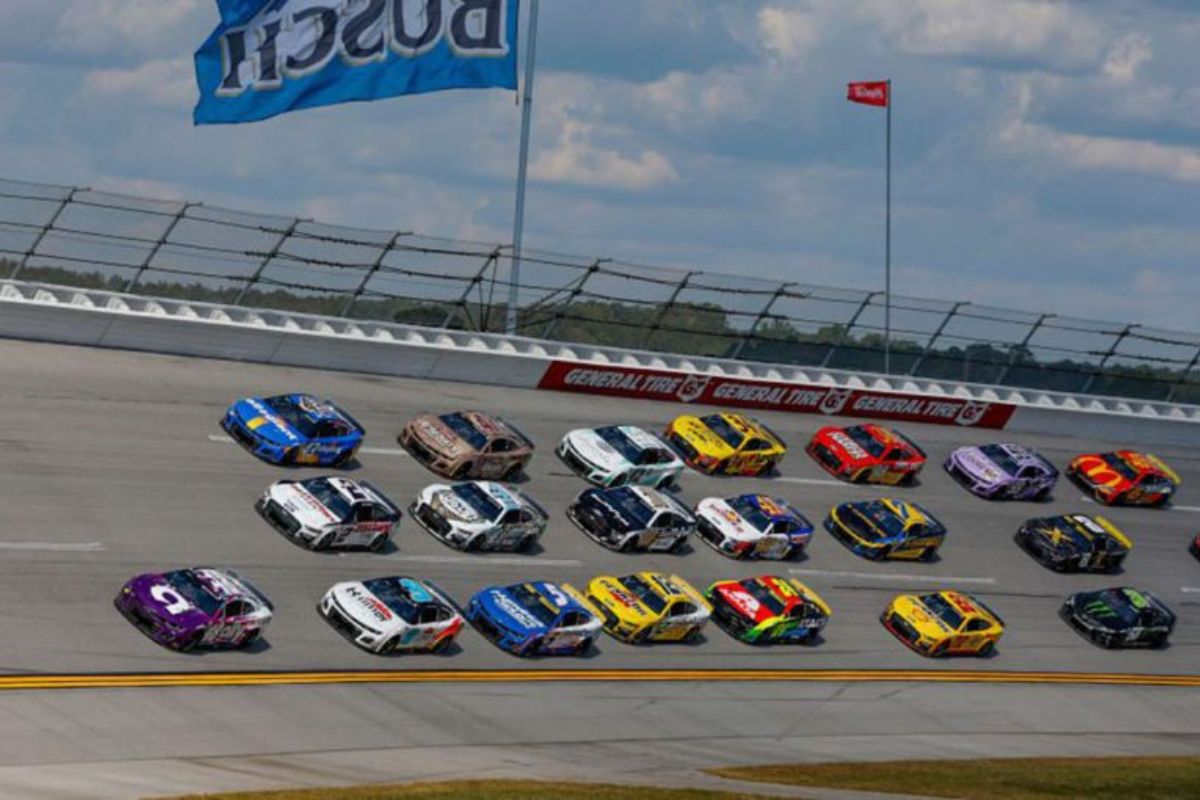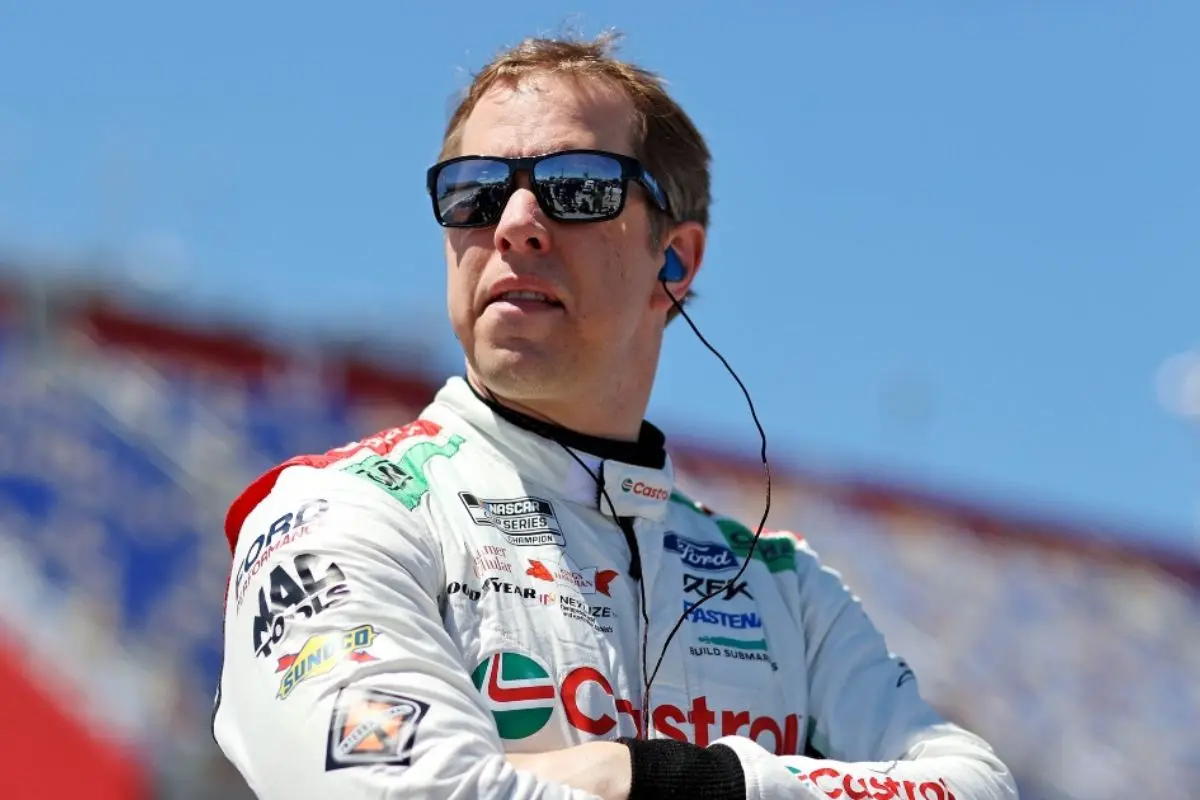Dale Jr. Highlights 40-Year NASCAR Shift: Dale Earnhardt Jr.‘s reflections on the evolution of NASCAR over the past four decades show a crucial moment marked by the introduction of Next-Gen cars. These vehicles promise improved safety and competition, yet they simultaneously present considerable challenges for both veteran and emerging teams, particularly amidst a backdrop of reduced practice time. The disparity between larger and smaller teams further complicates this dynamic, raising questions about the future of the sport. As the tension between innovation and tradition intensifies, one must consider how these changes will redefine the competitive landscape of NASCAR moving forward.
Key Highlights
- Dale Earnhardt Jr. reflects on the drastic reduction of practice time, emphasizing the challenges faced by drivers adapting to Next-Gen cars.
- He highlights the tension between traditional racing practices and the current technological innovations affecting driver preparation and performance.
- The introduction of Next-Gen cars has created complexities, leading to increased reliance on simulations over real-world practice for teams.
- Earnhardt Jr. notes that the evolution in car technology over 40 years has fundamentally changed team dynamics and race strategies.
- The chaos arising from these changes raises concerns about maintaining competitiveness and the long-term viability of smaller teams in NASCAR.
Reduction of Practice Time in the Cup Series
The reduction of practice time in the Cup Series has sparked considerable debate within the NASCAR community, highlighting the tension between cost-saving measures and competitive viability. Since the 2020 season, practice sessions have been curtailed to a mere 20 minutes, a decision apparently aimed at reducing expenses for teams.
However, this notable limitation raises big concerns, particularly for smaller teams that may lack the resources to adapt quickly to varying car setups and track conditions.
The dramatic decrease in practice time has shifted the focus from honing driving skills and optimizing car performance to a more reactive approach during race weekends. Teams must now rely on simulators, historical data, and driver feedback to make rapid adjustments, often under stress. This change has arguably diluted the competitive landscape, as those with advanced technology and deeper resources are better positioned to navigate these constraints.
Moreover, the intention behind this measure—to alleviate financial burdens—has not yielded the anticipated benefits across the board. While larger teams may absorb the costs, smaller organizations often struggle to compete effectively with limited preparation time, leading to a widening performance gap.
This shift raises fundamental questions about the future direction of the Cup Series: How can NASCAR guarantee a level playing field while maintaining fiscal responsibility? The ongoing evaluation of practice time will be essential in determining whether the current model fosters genuine competition or inadvertently stifles it.
Dale Earnhardt Jr. Reflects on Past Practice Sessions
Nostalgia often colors reflections on the evolution of sports, and Dale Earnhardt Jr. recently shared insights on the pronounced contrast between past and present practice sessions in NASCAR. In an era when drivers benefited from over 12 hours of practice leading up to a race, Earnhardt Jr. emphasized how this thorough preparation allowed teams to finely tune their cars and strategies. Such a framework fostered driver confidence and honed the skill sets necessary for racing at the highest level.
For the 500 mile race at Charlotte in 1981 there was over 12 hours of practice in the week leading up to the race on Sunday. An open practice kicked off the week the Sunday before the race. Another open practice was available Tuesday, more practice Wednesday including qualifying…
— Dale Earnhardt Jr. (@DaleJr) September 22, 2024
The current landscape, however, presents a clear departure from those times. With greatly reduced practice sessions, contemporary drivers grapple with the challenges posed by the Next-Gen cars. Earnhardt Jr. pointed out that this shift has impacted the drivers’ ability to acclimate to new vehicles and intensified the learning curve associated with evolving car technologies.
The limited time allocated for practice means that teams must rely heavily on simulations and data analysis, often at the expense of real-world adjustments that were once a hallmark of NASCAR racing.
Earnhardt Jr.’s reflections serve as a reminder of the intricacies inherent in the sport. While advancements in technology continue to reshape NASCAR, the nostalgia for the all-encompassing practice sessions highlights the critical balance between innovation and tradition.
Challenges of Reduced Practice Time for Drivers and Teams
Reduced practice time has emerged as a considerable challenge for both drivers and teams in NASCAR, particularly in the wake of changes implemented during the COVID-19 pandemic. Initially, the reduction and even elimination of practice sessions were welcomed as cost-saving measures; however, the long-term ramifications are proving to be problematic for competitors who rely on extensive practice to refine their performance and strategy.
Within the NASCAR community increasingly voice concerns that the abbreviated practice schedule undermines drivers’ abilities to adapt to the dynamic nature of modern race cars. The Next-Gen cars, characterized by their complexity and intricate handling, require drivers to engage in thorough preparation to enhance their setups for varying track conditions.
With less time on the track, teams are grappling with the challenge of swiftly identifying and addressing issues that arise during races, leading to a heightened propensity for errors and miscalculations.
Moreover, the limited practice sessions diminish the opportunity for drivers to build rapport with their crews, a crucial component in achieving cohesive teamwork and effective communication during races.
The agreement among many Cup Series drivers indicates that while the initial rationale for reduced practice may have seemed beneficial, the disadvantages, including increased uncertainty and a steeper learning curve, profoundly outweigh any purported advantages.
Disparity Between Big and Small Teams
A notable disparity exists between large and small teams in NASCAR, particularly exacerbated by the limitations on practice time. This cost-saving measure disproportionately impacts smaller teams, which typically lack the resources and technological advancements available to their larger counterparts. The ability to refine and optimize their cars is severely restricted, as they have limited opportunities to test and make adjustments prior to race day.
larger teams possess considerable financial resources that allow them to invest in state-of-the-art technology, including sophisticated simulators and data analytics tools. These investments enable them to accurately recreate track conditions and anticipate the performance of their vehicles under different scenarios. Consequently, larger teams can adapt more rapidly to race conditions, securing a competitive advantage that is difficult for smaller teams to overcome.
As practice time decreases, the gap between the haves and have-nots in NASCAR widens. Drivers from bigger teams frequently emerge with better race results, while those from smaller teams struggle to compete on an uneven playing field. This situation raises questions about the long-term viability of smaller teams within the sport, as consistent underperformance can lead to financial instability and potential attrition from the series.
Brad Keselowski’s Critique of Reduced Practice Time
Keselowski’s critique emphasizes a notable gap between the theoretical advantages of reduced practice and the practical realities faced by teams. His assertion that resources have merely been “reallocated” rather than saved highlights the complexity of managing operational costs in a competitive racing environment. This reallocation often leads to increased demands on teams, which may negate any supposed financial relief gained from fewer practice sessions.
“I haven’t seen how we’ve saved any money getting rid of practice, not from a team perspective. Maybe there were some savings other places in the industry that I’m not aware of. But there hasn’t been a significant cost savings. We’ve reallocated in a lot of ways to other demands, and it’s hard for me to understand the value proposition today to not have practice.”
“Yeah, I’m more than comfortable with it.”-(KESELOWSKI)
Moreover, Keselowski questions the general value proposition of eliminating practice, suggesting that this decision may compromise the quality of race preparation. In an era marked by the introduction of Next-Gen cars, the need for thorough practice becomes even more pronounced.
The intricate interplay between cost-saving measures and effective race strategies warrants further exploration, as teams navigate the challenges posed by reduced practice time in an increasingly competitive landscape. Keselowski’s insights call for a reevaluation of NASCAR’s approach to practice and its broader implications for team performance and the sport’s future.
News in Brief: Dale Jr. Highlights 40-Year NASCAR Shift
The evolution of NASCAR, particularly with the introduction of Next-Gen cars, has greatly altered the dynamics of competition. The reduction in practice time has exacerbated challenges faced by drivers and teams, highlighting disparities between larger and smaller organizations. Critiques from figures such as Brad Keselowski underline the complexities inherent in adapting to groundbreaking technologies while preserving traditional racing elements. Ultimately, these developments reflect the ongoing tension between modernization and the foundational principles of the sport.
ALSO READ: Dale Earnhardt Jr. Back to NASCAR: Will the Pull of Nostalgia Drive Him Forward?



